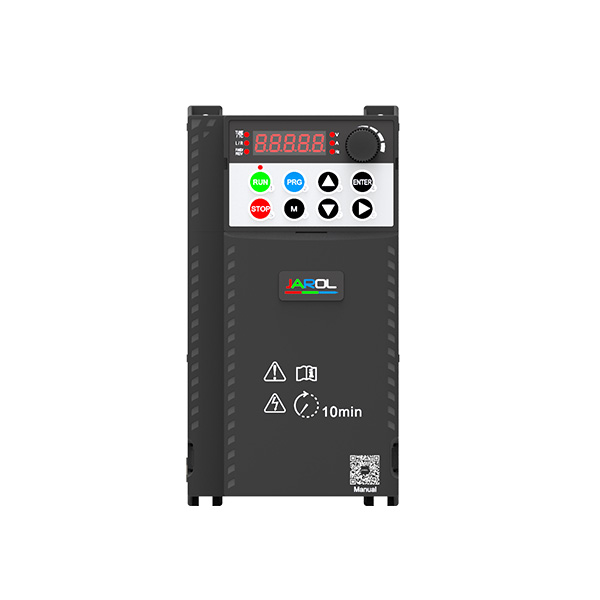Unveiling the Primary Function of High-Performance Frequency Converters
2024-03-13
In the realm of industrial automation and motor control systems, high-performance frequency converters play a pivotal role in driving efficiency, precision, and flexibility. But what exactly is the primary function of these sophisticated devices? Let's delve deeper into the world of high-performance frequency converters and uncover their fundamental purpose.
At its core, a high-performance frequency converter is designed to convert electrical power from one frequency to another while simultaneously controlling the speed and torque of an electric motor. This conversion capability allows for precise control over motor operation, enabling smooth acceleration, deceleration, and speed regulation across a wide range of applications.
One of the key functions of a high-performance frequency converter is to enable variable speed control of electric motors. Traditionally, motors were operated at fixed speeds using direct-on-line (DOL) starters or soft starters. However, with the advent of frequency converters, motors can now operate at variable speeds, offering greater flexibility and efficiency in industrial processes.
By adjusting the frequency and voltage supplied to the motor, a high-performance frequency converter can vary the motor's speed to meet the specific requirements of the application. Whether it's ramping up to full speed for rapid acceleration or slowing down for precise positioning, the frequency converter ensures optimal motor performance under varying load conditions.
Moreover, high-performance frequency converters facilitate energy savings by allowing motors to operate at reduced speeds when full power is not required. This energy-efficient operation not only lowers electricity consumption but also reduces wear and tear on the motor, prolonging its lifespan and minimizing maintenance costs.
In addition to speed control, high-performance frequency converters offer advanced features such as torque control, which enables precise control over the amount of force exerted by the motor. This capability is particularly useful in applications where precise torque control is essential, such as conveyor systems, cranes, and robotics.
Furthermore, high-performance frequency converters enhance system reliability and safety by providing comprehensive protection features, including overcurrent protection, overvoltage protection, and thermal overload protection. These safeguards help prevent motor damage and ensure uninterrupted operation in the event of abnormal conditions or faults.
Another important function of high-performance frequency converters is to facilitate communication and integration with external control systems, such as programmable logic controllers (PLCs) and supervisory control and data acquisition (SCADA) systems. This seamless connectivity enables centralized monitoring and control of multiple motors and processes, enhancing overall system efficiency and productivity.
In summary, the primary function of a high-performance frequency converter is to provide precise control over motor speed and torque, enabling efficient and flexible operation across a wide range of industrial applications. By offering variable speed control, energy savings, advanced protection features, and seamless integration capabilities, high-performance frequency converters empower businesses to optimize their processes and achieve greater levels of productivity and profitability.



